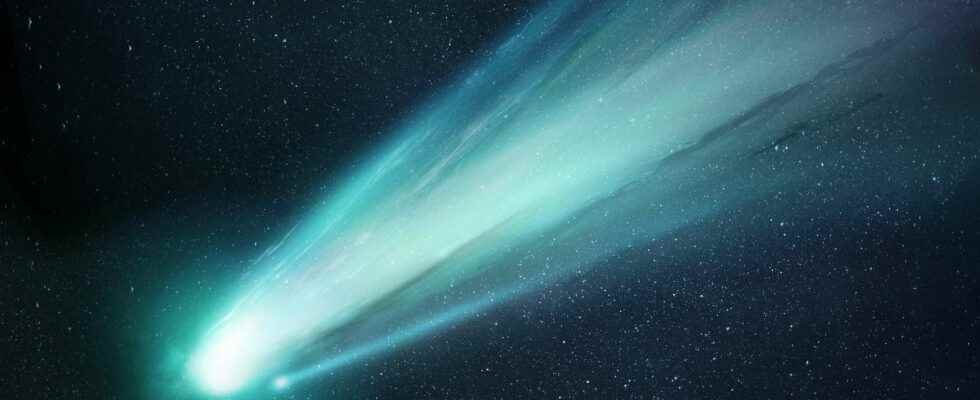On June 8, the European Space Agency gave the green light to launch the construction of the probe Comet Interceptor. The study phase of the mission is now complete, but before moving on to construction, ESA must first choose the industrialist who will be the prime contractor. Take off in 2029.
You will also be interested
[EN VIDÉO] Rosetta: its last hours around comet Tchouri Attention, masterpiece and thrills guaranteed! ESA brings us back to the last flybys of the Rosetta probe around comet Tchouri before it crashed on its surface. We can admire in high resolution the surprising details of the icy surface of the star that she accompanied and observed for two years. It’s really superb!
If there is one specialty of which European engineers can be proud, it is the exploration of comets. Everyone remembers the legendary Rosetta mission around the comet Tchouri in 2014 and there was also Giotto who flew over the famous Halley’s comet in 1986 and comet Grigg-Skellerup in 1992.
Building on this experience, the European Space Agency (ESA) will build the Comet Interceptor mission, a probe that will leave to study a comet or a interstellar object of the kind of ‘Oumuamua. The probe will take off in 2029 as a secondary passenger of the future space telescope European Ariel. A rocket Ariane 6 will send them both to Lagrange point L2 of the Earth-Sun system. This is where she will wait for her target, unknown to date, and for good reason: she still has to be found.
A probe that… awaits its destination
The Comet Interceptor target is a very rare type of object, coming from the far reaches of our solar systemin the Oort cloud. It could even come from beyond, that is to say from the interstellar medium. The ideal is that this object penetrates our Solar system for the first time in his life. These objects are today unpredictable when it comes to knowing their arrival date and can land by surprise as did ‘Oumuamua. Powerful observatories, like the Vera Rubinwill be used to detect the target early enough for Comet Interceptor to leave its position and cross its path.
Comet Interceptor will be equipped with a dozen instruments to study the surface, as well as two sub-satellites, one of which will be provided by thejapanese space agency (jaxa). Weighing less than a ton, the mission resulting from the program Cosmic Vision of the ESA is said to be “fast” in matter of development. Comet Interceptor will first place itself in orbit around the target to study it and obtain a 3D visualization of it. Then, the sub-satellites will study the nucleus and the comet tail. Scientists hope to find new materials, dating back to the birth of the Solar System, which will allow us to learn more about its history.
Only a few days left to take advantage of our special offer for Father’s Day!
Your father is a great science enthusiast and unusual discoveries? And if you offer him a superb scientific exploration in paper format? Benefit from -20% on the Mag Futura (special offer: €15 instead of 19 €): 220 pages, 4 key issues deciphered to understand everything about the science that will mark 2022.
Special offer: -20% reduction on the Mag Futura
Mag Futura is:
- 4 major scientific questions for 2022, from the Earth to the Moon
- 220 pages, 60 experts
- Home delivery
- Electronic gift card
Interested in what you just read?
